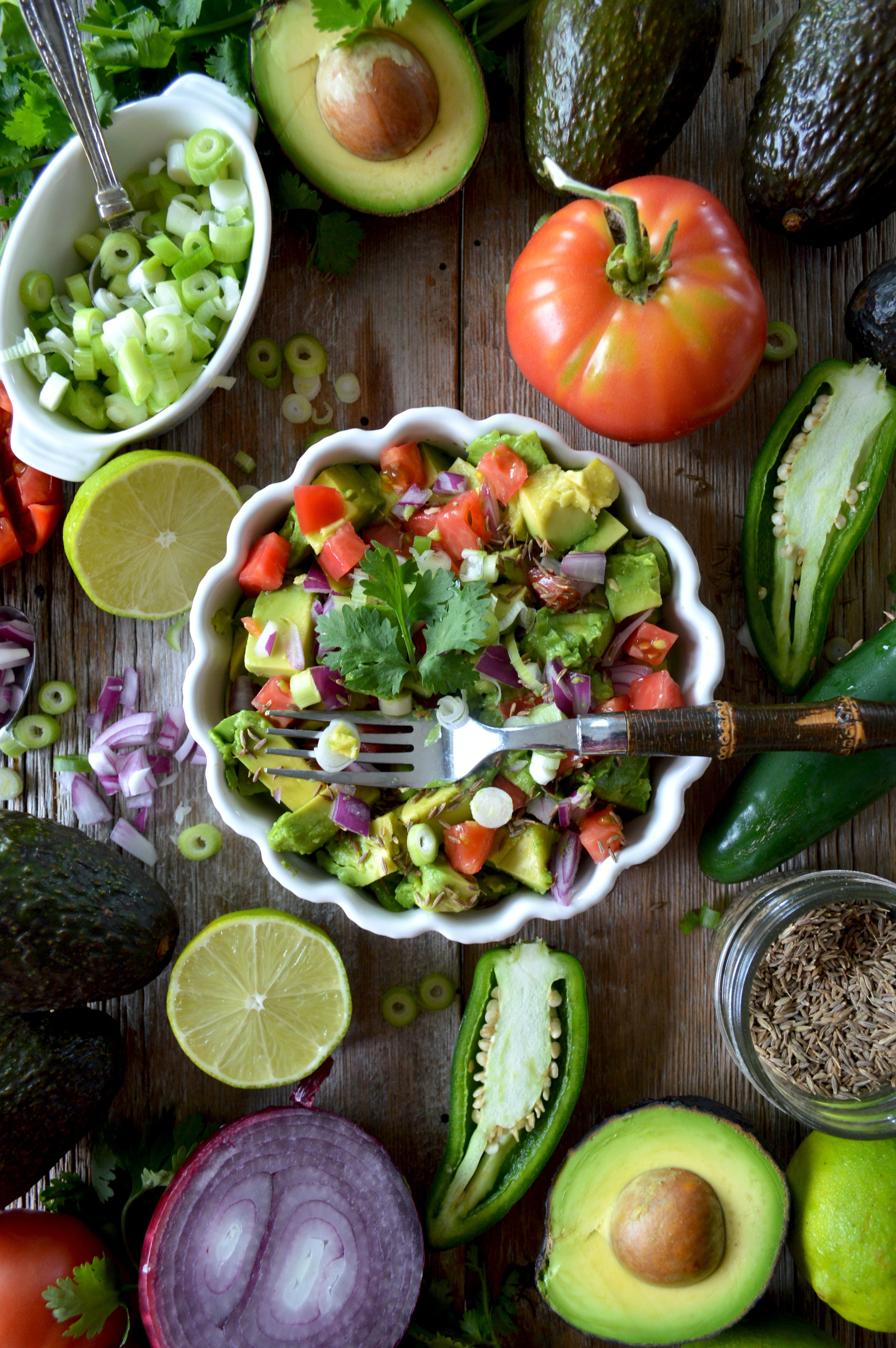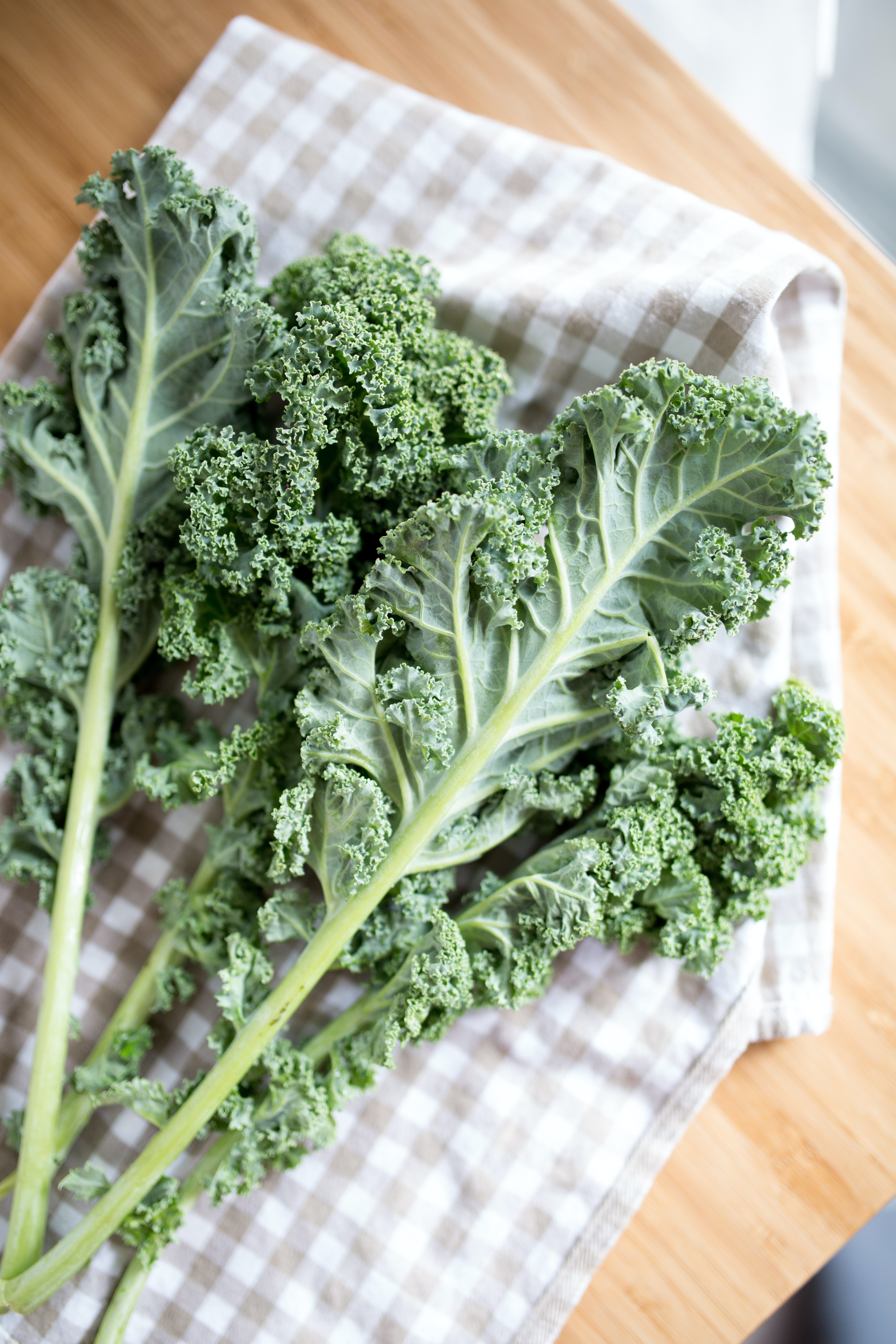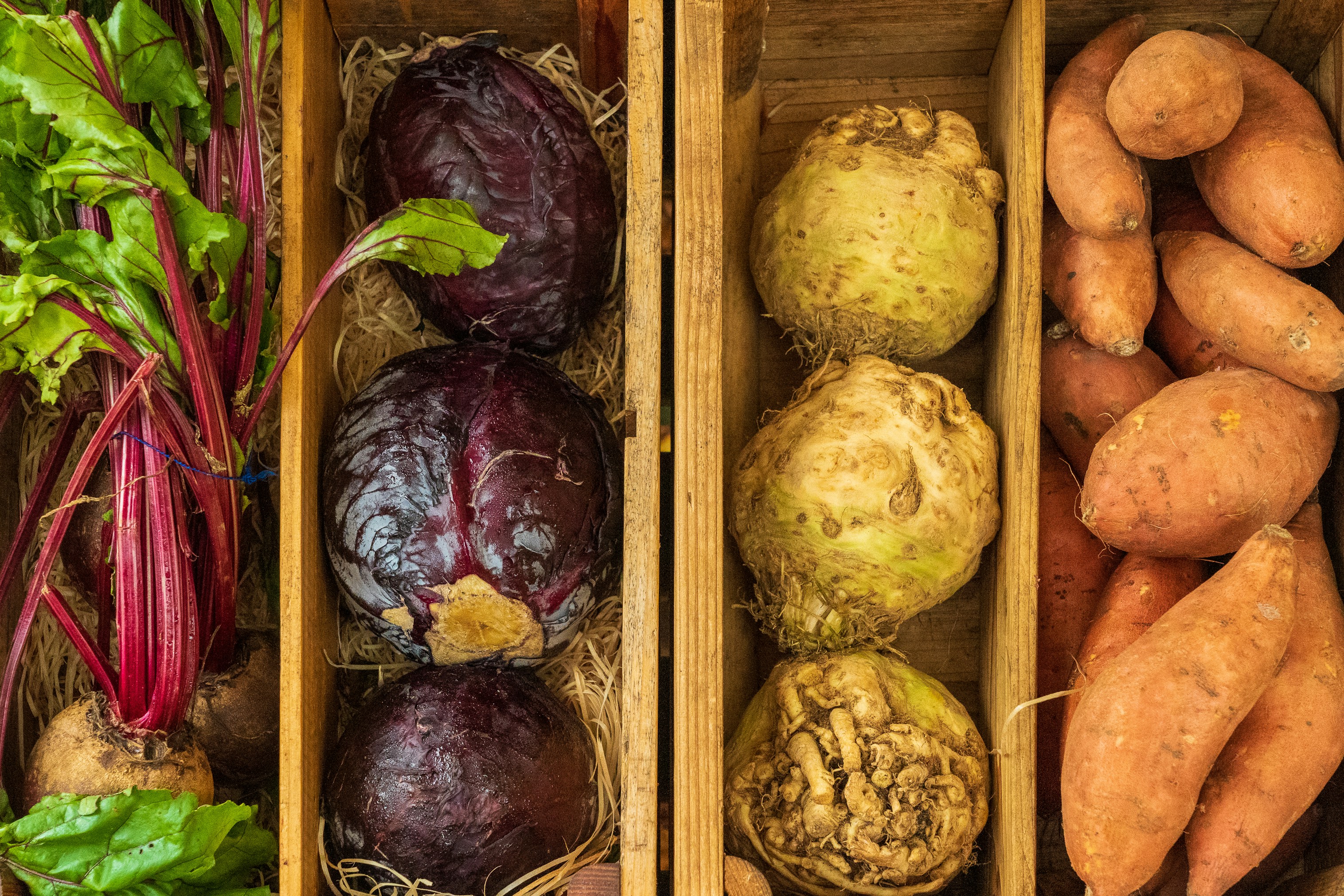Why should you eat more fruits and vegetables for a healthy diet?

Vegetables and fruits are an important part of a healthy and balanced diet, and variety is as important as quantity. No single fruit or vegetable provides all of the nutrients you need to be healthy. So, it's best to eat plenty every day. Here are a few tips how to eat more vegetables and fruits each day and why you should do it:
So what is so healthy about them?
...First they contain Vitamins and minerals, which are important for your body.
Fruits and vegetables contain important vitamins, minerals and plant chemicals that can help to keep you healthy. Many of these are antioxidants, and may reduce the risk of many diseases:
- vitamin A (beta-carotene)
- vitamin C
- vitamin E
- magnesium
- zinc
- phosphorous
- folic acid.
Research has shown that consuming these nutrients as food, within fruits and vegetables, is more beneficial for health than consuming them as supplements.
... they are for good health.
Fruits and vegetables are low in fat, salt and sugar. They are a good source of dietary fibre, which can make you feel fuller for longer and prevent overconsumption of food. As part of a well-balanced, healthy diet and an active lifestyle, a high intake of fruit and vegetables can help you to:
- reduce obesity and maintain a healthy weight
- lower your cholesterol
- lower your blood pressure
- and have a positive effect upon blood sugar, which can help keep appetite in check.
Eating non-starchy vegetables and fruits like apples, pears, and green leafy vegetables may even promote weight loss. Their low glycemic loads prevent blood sugar spikes that can increase hunger.
... they protect against diseases.
Vegetables and fruit contain antioxidants and phytochemicals, or plant chemicals. These biologically active substances can help to protect you from some diseases.
Scientific research shows that if you regularly eat lots of fruit and vegetables, you have a lower risk of:
- heart disease and stroke
- eye and digestive problems
- diabetes
- cancer, some forms of cancer, for example bowel, stomach and throat cancers later in life
- high blood pressure
Eat a rainbow of colours
You should eat at least 5 serves of vegetables and 2 serves of fruit each day. When buying and eating fruit and vegetables, aim for variety and choose different colours to get the most nutrients and appeal. Foods of similar colours generally contain similar protective compounds. Try to eat a rainbow of colourful fruits and vegetables every day to get the full range of health benefits.
At least nine different families of fruits and vegetables exist, each with potentially hundreds of different plant compounds that are beneficial to health. Eat a variety of types and colors of produce in order to give your body the mix of nutrients it needs. This not only ensures a greater diversity of beneficial plant chemicals but also creates eye-appealing meals:
- red foods – like tomatoes and watermelon. These contain lycopene, which is thought to be important for fighting prostate cancer and heart disease
- green vegetables – like spinach and kale. These contain lutein and zeaxanthin, which may help protect against age-related eye disease
- blue and purple foods – like blueberries and eggplant. These contain anthocyanins, which may help protect the body from cancer
- white foods – like cauliflower. These contain sulforaphane and may also help protect against some cancers.
Selecting fruits and vegetables
Try to buy fruits and vegetables that are in season, and choose for freshness and quality. Eating with the seasons – this is nature’s way of making sure our bodies get a healthy mix of nutrients and plant chemicals.
To maximise nutrients and appeal, buy and serve different types of fruit and vegetables. A couple of healthy changes we recommend are:
- Try something new – try new recipes and buy new fruit or vegetables as part of your weekly shopping.
- Let colours guide you – get different combinations of nutrients by putting a ‘rainbow’ of colours (green, white, yellow–orange, blue–purple, red) on your plate.
Preparation and cooking of fruit and vegetables
There are many varieties of fruit and vegetables available and many ways to prepare, cook and eat them. Vegetables are often cooked, although some kinds are eaten raw. Cooking and processing can damage some nutrients and phytochemicals in plant foods. Some nutrients such as carotenoids may actually be increased if food is cooked. For example, tomato has more carotenoids, especially lycopene, when it is cooked – a good reason to prepare fruits and vegetables in a variety of ways.
Suggestions to get the best out of your fruit and vegetables include:
- Eat raw vegetables and fruits if possible.
- Try fruit or vegetables pureed into smoothies.
- Use a sharp knife to cut fresh fruits to avoid bruising.
- Cut off only the inedible parts of vegetables – sometimes the best nutrients are found in the skin, just below the skin or in the leaves.
- Use stir-fry, grill, microwave, bake or steam methods with non-stick cookware and mono-unsaturated oils.
- Do not overcook, to reduce nutrient loss.
- Serve meals with vegetable pestos, salsas, chutneys and vinegars in place of sour cream, butter and creamy sauces.
Once you’ve prepared and cooked your vegetables and fruit, spend some time on presentation. People are more likely to enjoy a meal if it’s full of variety and visually appealing, as well as tasty.
5 Tips to eat more vegetables and fruits each day
1 Keep fruit where you can see it. Place several ready-to-eat washed whole fruits in a bowl or store chopped colorful fruits in a glass bowl in the refrigerator to tempt a sweet tooth.2 Eating veggies & fruits not something you look forward to? If you are someone who doesn’t look forward to eating fruit or vegetables, start slowly with those you do like. Try serving, flavouring or cooking them in different ways. You can also disguise them in sauces, minced meals or curries.
3 Explore the produce aisle and choose something new. Variety and colour are key to a healthy diet. On most days, try to get at least one serving from each of the following categories: dark green leafy vegetables; yellow or orange fruits and vegetables; red fruits and vegetables; legumes (beans) and peas; and citrus fruits.
4 Skip the potatoes. Choose other vegetables that are packed with different nutrients and more slowly digested carbohydrates.
5 Make it a meal. Try cooking new recipes that include more vegetables. Salads, soups, and stir-fries are just a few ideas for increasing the number of tasty vegetables in your meals.
Struggling implementing this yourself?
Powermeals delivers kitchen-prepared fresh meals straight to your door every week. Each dish contains a lot of veggies inside and a healthy source of protein. Check out our menu to discover our wide variety of meals available, including our low-carb meal delivery options.


